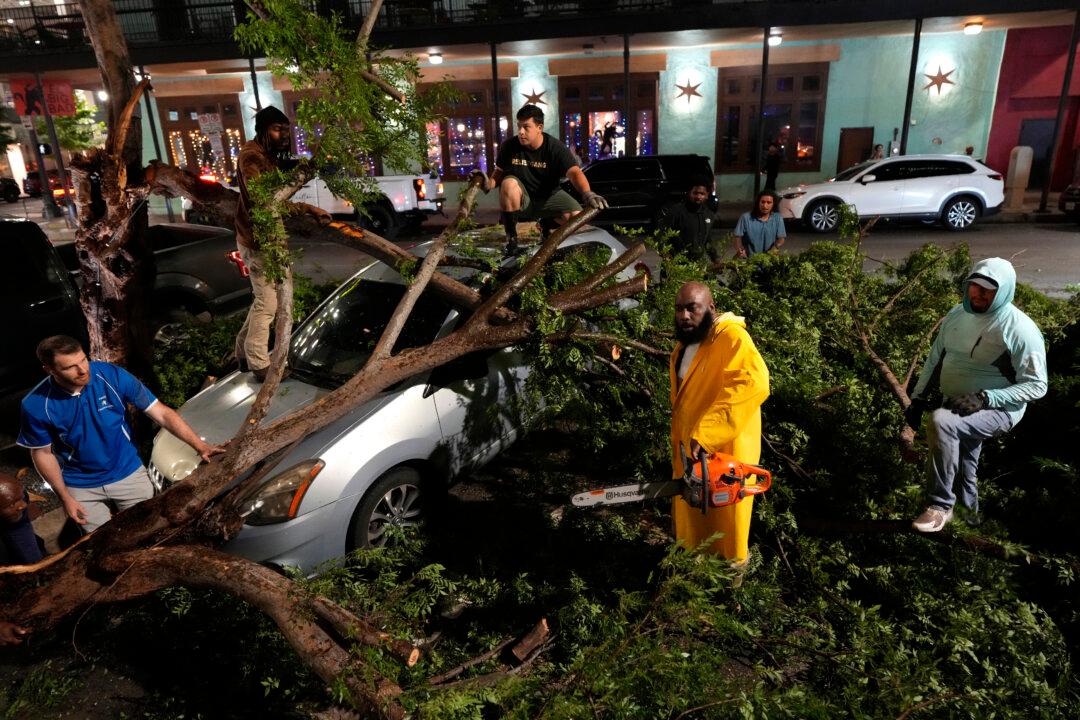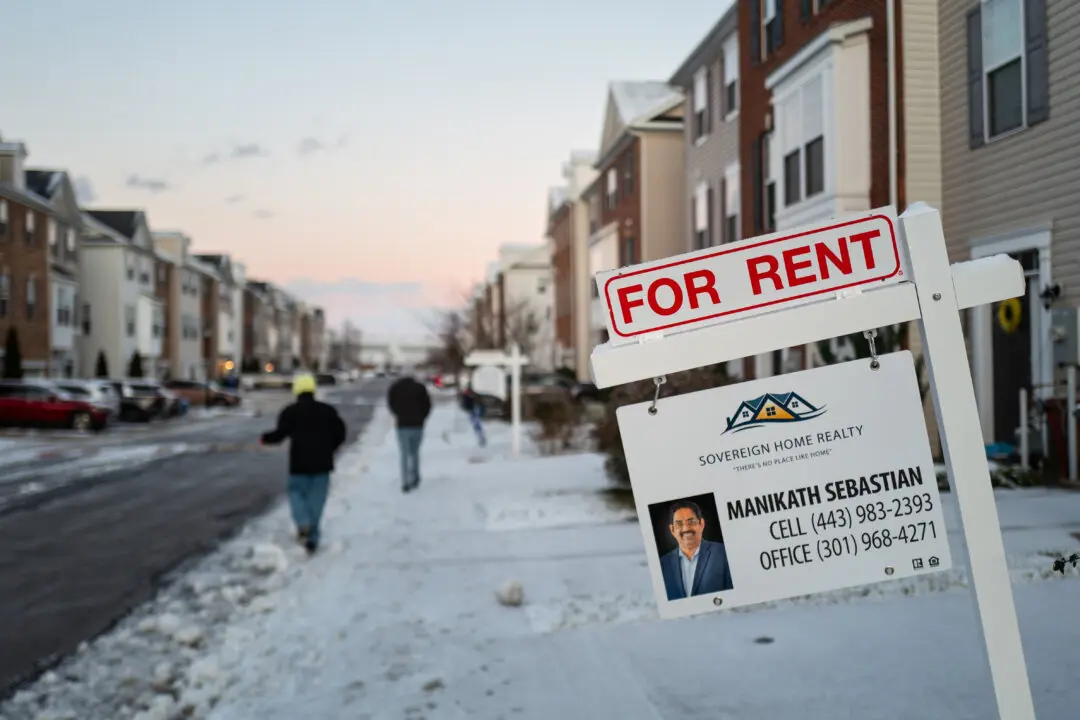More than 800,000 Texas customers of electric utility service CenterPoint Energy are currently without electricity due to severe storms in the Houston region, with the company asking people to prepare for “extended weather-related power outages.”
“A fast-moving but severe weather system has caused widespread power outages across the service area,” CenterPoint Energy said in a May 17 X post.





